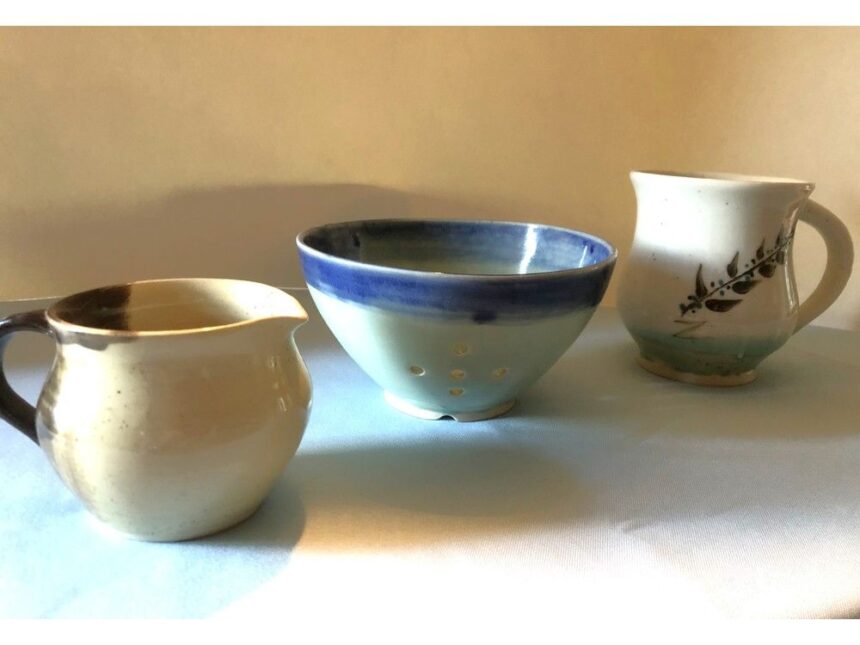Article contentPrehistoric humans discovered the useful properties of clay, mostly as an agent for carrying things such as water, a use still practiced today. Some of the earliest pottery shards found date to around 14,000 BCE, but some archaeologists wouldn’t be surprised if one day they find something preserved for up to 25,000 years! Article contentAs well as a prehistoric writing medium, earliest humans used clay to treat minor ailments such as cuts and scratches; aches and pains, infections, and mineral deficiencies. Article contentMINERAL BENEFITSArticle contentThere are ancient written references to the eating of clay for their mineral benefits and ability to soothe gastrointestinal ailments. It has long been used topically for soothing the skin. Even today, eating “pink earth” is a practice followed in some countries to try and relieve famine. It’s importance to life on Earth cannot be underestimated. Article contentArticle contentAnd early on in humankind’s journey to now, it became appreciated beyond its utilitarian uses for the ability to make things of beauty. Article contentMacDonald is drawn to the Japanese method of pottery-making. He notes that the Japanese put a strong worth on things that are both useful and creative. His shapes and simple designs illustrate his love of that form in his own work. Article contentMostly a blend of pastel colours, some of his work incorporates Asian-inspired designs which he paints on with a Japanese bamboo brush. Article content“I like the Japanese style of pottery. It’s my preference,” he says. Article contentA lot of his ideas come from Shoji Hamada, an influential Japanese potter of the mid-20th century who worked for a while alongside British Potter, Bernard Leach.Article content Above, a milk pitcher; a strawberry bowl with holes in the sides and bottom; and a large mug with Japanese-inspired, hand-painted leaves are just a few of the stonewear items made by Sydney Mines potter, Paul MacDonald that he sells at the Artisan Market every weekend at the Spanish River Community centre. ROSEMARY GODIN/Cape Breton PostArticle contentMacDonald has great praise for the Cape Breton School of Craft and Design on George St. in Sydney. They have an open studio and pottery classes and other get-togethers with those who are part of the community. Article contentArticle contentToday, he has a studio in his home and still digs his own red clay along the shores of the area commonly known is the “Northside.” Article contentMacDonald fires his creations at a kiln temperature of 1980 degrees! Article content“It makes good stoneware,” he says. Article content A grouping of some of the Japanese-inspired pottery that Paul MacDonald makes in his home studio in Sydney Mines. Using pastel colours of pink, teal, browns, cream and black, he decorates his mugs, saki sets, bowls and bottles with simple designs using a Japanese bamboo brush. ROSEMARY GODIN/Cape Breton PostArticle contentITEMS OF EVERYDAY USEArticle contentHe makes a lot of items that get everyday use such as mugs, dishes, and bowls. Article content“It’s dark clay with porcelain inside,” he says to people who stop by his regular weekly booth at the Artisan Market in Spanish River. He uses silicon-based glazes in cream or beige colours tastefully accented with pink, teal or medium to deep browns. A few of his mugs are black. Article contentMacDonald has no plans to retire from pottery-making. It’s too relaxing for him. And he’s too good at it. And the best thing is, he’ll never run out of his medium of red clay. Article contentArticle content
The red clay of Point Aconi keeps Cape Breton artist creating











